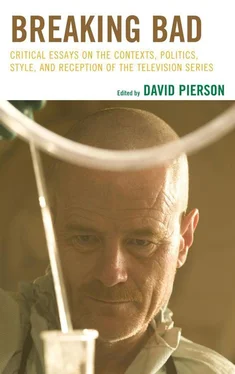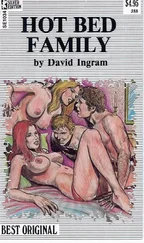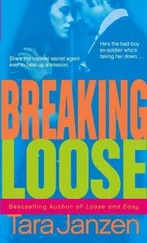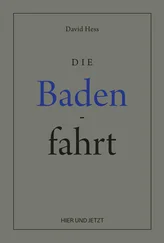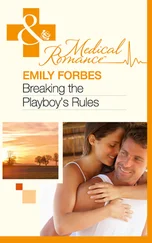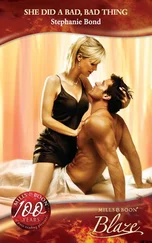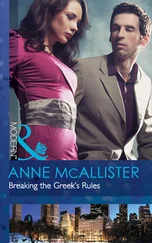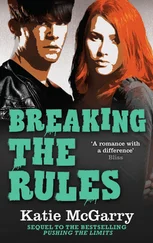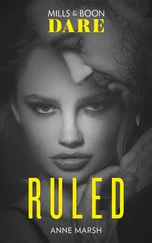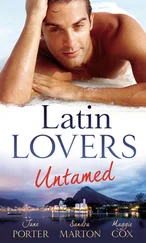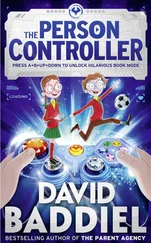As Jason Mittell (2004) has analyzed on several occasions, generic hybridization is a distinctive feature of contemporary television fiction. In the case of Breaking Bad , the series is presented, from the start, as a drama with tragic overtones. Vince Gilligan has defined the series on several occasions as a falling story—“From Mr. Chips to Scarface.” Also, AMC’s series often uses scenery close to the film or TV western, a staging that openly pays tribute to Sergio Leone or the Coen brothers filmography, and a touch of black comedy, which makes contrast with the violence generated by its dramatic conflicts.
From this point of view, the beginnings of Breaking Bad ’s episodes act as a perfect metonymy from the series, showing its generic hybridization. Beyond what has been mentioned before, Breaking Bad contributes from the cold opening to expand this concept of generic hybridization. A clear example of this practice can be found in “Negro y Azul” (04/19/09). The teaser of this episode is made up completely of the video clip of the song “Negro y Azul” sung by the band Los Cuates de Sinaloa. In this case, the television drama genre meets the video musical genre, a genre also spawned from television. Written by the creator of Breaking Bad , Vince Gilligan, and the Mexican composer Pepe Garza, the song joins the musical subgenre of narcocorrido. A narcocorrido is a version from the Mexican corrido addressed to the exaltation of drug dealers and to the account of real events which recently occurred in the drug trafficking world. In this particular case, the song praises Walter-Heisenberg figure, while extoling the fame that its blue meth has obtained beyond the American border. The musical video is used to report to the audience the progress Walter has made inside the trafficking world and, at the same time, brings forward the threat of the Mexican cartel and the inability of ever escaping its retribution. Throughout the series, the song “Negro y Azul” is not even mentioned again. However, since the moment the episode was aired, the song started to be part of the Los Cuates de Sinaloa usual repertory. At the end of 2009, the band published the song for the first time in the record En Vivo con la Plebada (Sony Music) and it has recently been republished in the compilation record Mis favoritas (Sony Music, 2012). Also, a teaser of the series has developed into the musical field creating a kind of transmedia narrative.
Another similar example can be found in the episode “Kafkaesque” (05/16/10), which starts with a commercial of the restaurant chain Los Pollos Hermanos. In order to simulate the aesthetics of food advertising, the teaser shows extreme close-up shots of spices, peppers and roast chickens while a voice-over narration describes the goodness of Los Pollos Hermanos. At this point, the episode appropriates the usual rhetoric of fast food advertising to show, afterward, the mass production process and distribution of blue meth by Fring’s organization.
In the examples mentioned before, we come across teasers that, throughout the emulation of other audiovisual genres, act themselves independently from the rest of the series. A similar case takes place during the episode “Better Call Saul” (04/26/09), which starts with an auto-conclusive cold open that reflects Lavery’s notion of minisode perfectly. The opening sequence of the episode, which is settled in two shots, Badger is waiting at a bus stop when an undercover policeman approaches him to buy blue meth. Although at the beginning Badger is suspicious, eventually he agrees to sell him the drug and so the policeman arrests him. In this case, the teaser works as a short film perfectly understandable to anybody who is unfamiliar with the show. It is true that the regular audience of Breaking Bad recognizes Badger in that sequence and knows that the blue meth he is selling has something to do with Walter and Jesse. This teaser, however, functions as a stand-alone, closed narrative; a micro-story. The game of appearances established between the two characters has a beginning, with Badger suspecting the buyer and even making fun of him, a development, with the policeman denying Badger’s accusations and making him change his mind, and an ending, with the policeman arresting Badger, proving ironically that his initial suspicions were right. The episode “Problem Dog” (8/28/2011) includes in its teaser the image of a videogame Jesse is playing in his living room. It is the first-person shooter Rage and the infographic image of the videogame that comprises most of that cold open.
The series Breaking Bad uses disorientation as a narrative asset to create uncertainty and promoting viewer’s curiosity toward the story. Above all, the show executes this practice through teaser sequences, which are always a fertile ground for narrative and aesthetics experimentation. By using these openings, the series created by Vince Gilligan manages to generate a permanent sensation of unpredictability that immediately catches the attention of the audience . Breaking Bad obtains a sense of disorientation based on the application of two main strategies: the use of extreme close-ups and the implement of a non-linear narrative that often draws in media res beginnings alternating flashbacks and flash-forwards. The utilization of close-ups, beyond being an aesthetic decision, becomes a narrative device used in most cases to produce disorientation through space fragmentation. As a consequence, viewers are alert to the narrative with the objective of filling the gaps. Furthermore, the fragmented images provided by the close-up shots are often used to generate time dilation and, therefore, as a strategy for suspense. Breaking Bad also uses generic hybridization as another device for unpredictability in its teasers. Drawing on music video, video games or the language of advertising, the series incorporates all kind of resources into a real mixture of genres. The cold openings serve as the grounds for aesthetic and generic experimentation through the course of the whole series.
Bloomer, Jeffrey. “Why Mad Men isn’t on HBO?” Paste: Signs of Life in Music, Film & Culture. 2009. http://www.pastemagazine.com/articles/2009/08/why-mad-men-isnt-on-hbo.html.
Douglas, Pamela. Writing the TV Drama Series: How to Succeed as a Professional Writer in TV . Studio City, CA: Michael Wiese Productions, 2007.
Eco, Umberto. The Limits of Interpretation . Bloomington, IN: Indiana University Press, 1994.
Epstein, Alex. Crafty TV Writing: Thinking Inside the Box . New York: Holt Paperback, 2006.
Genette, Gérard. Narrative Discourse: An Essay in Method . Translated by Jane E. Lewin. New York: Cornell University Press, 1983.
Gray, Jonathan. Show Sold Separately: Promos, Spoilers, and Other Media Paratexts . New York: New York University Press, 2010.
Lavery, David. “Bad Quality: Breaking Bad as Basic Cable Quality TV.” Critical Studies in Television. 2009. http://www.criticalstudiesintelevision.com/index.php?siid=13805.
Mittell, Jason. Genre and Television: From Cop Shows to Cartoons in American Culture . New York, London: Routledge, 2004.
———. “Narrative Complexity in Contemporary American Television.” The Velvet Light Trap. 58. (2006): 29-40.
———. “Previously On: Prime Time Serials and the Mechanics of Memory.” In Intermediality and Storytelling, edited by M. Grishakova and M.L. Ryan. 78-98. Berlin, New York: Walter de Gruyter, 2010.
Phelan, James. “The Beginning of Beloved : A Rhetorical Approach.” In Narrative Beginnings: Theories and Practices, edited by B. Richardson. 195-212. Lincoln, NE: University of Nebraska Press, 2008.
Читать дальше
